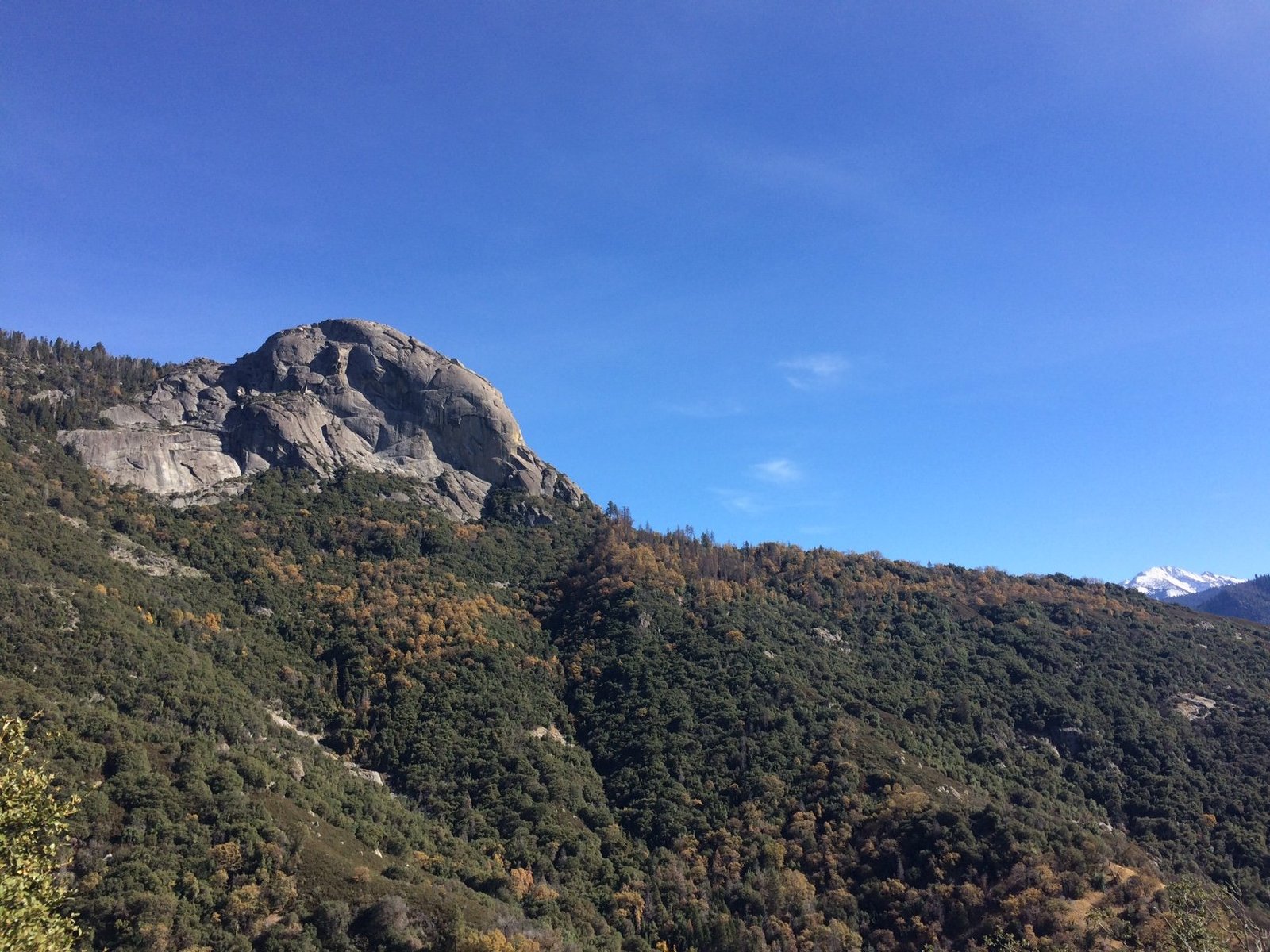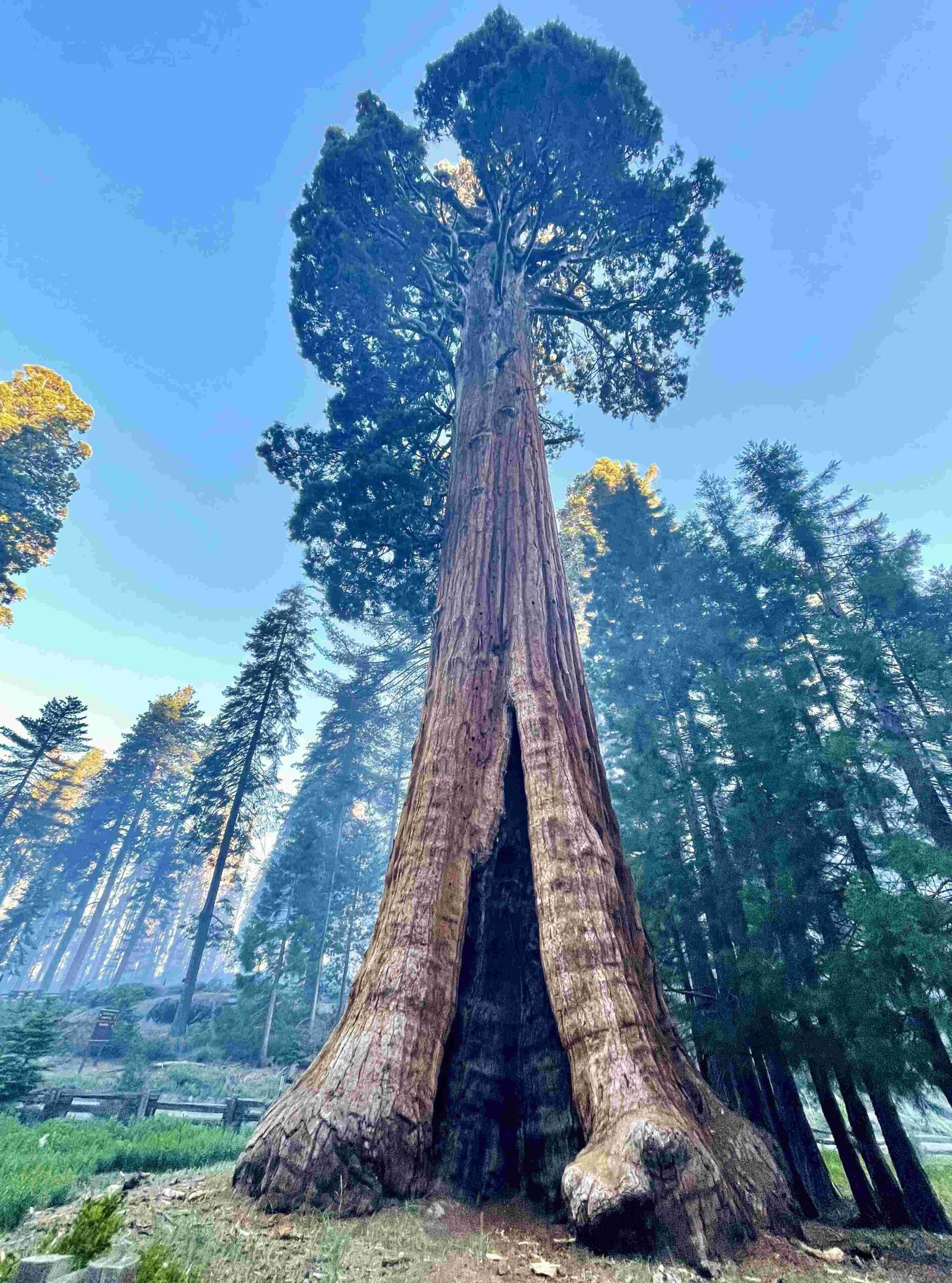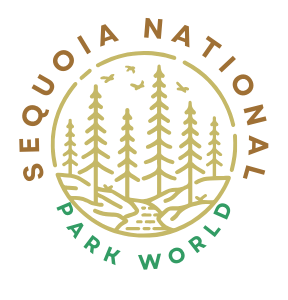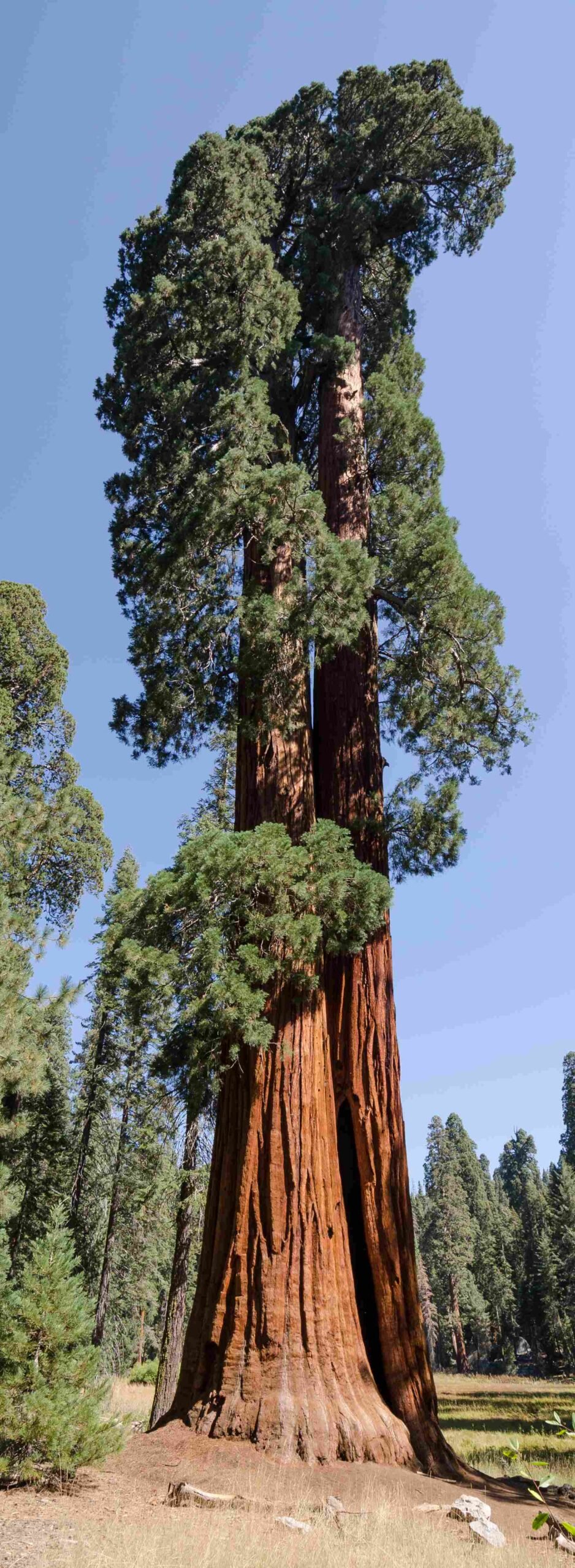The Tunnel Log in Sequoia National Park is a fallen giant sequoia that naturally toppled across Crescent Meadow Road in 1937. This 2,000-year-old tree, once standing 275 feet tall with a 21-foot base diameter, now offers visitors a unique drive-through experience. Carved by the Civilian Conservation Corps in 1938, the tunnel measures 17 feet wide and 8 feet high, allowing most vehicles to pass through. This remarkable attraction symbolizes the park’s commitment to preserving natural wonders while providing accessible experiences for visitors.
What is the History of Sequoia National Park’s Tunnel Log?

The Tunnel Log’s story began on December 4, 1937, when this ancient giant sequoia fell naturally across Crescent Meadow Road. Instead of removing the fallen tree, park officials made an innovative decision. In the summer of 1938, the Civilian Conservation Corps carved a tunnel through the log, creating a unique attraction that has captivated visitors for decades.
This decision reflects the evolving approach to conservation in national parks:
- Preserving natural phenomena
- Creating educational opportunities
- Balancing accessibility with environmental protection
The Tunnel Log stands as a testament to human ingenuity and respect for nature, allowing visitors to interact with a tree that predates modern civilization.
What are the Dimensions of the Tunnel Log?

The Tunnel Log’s dimensions are crucial for visitors planning to drive through this natural wonder:
| Feature | Measurement |
|---|---|
| Width | 17 feet |
| Height | 8 feet |
| Length | Not specified, but spans the width of Crescent Meadow Road |
These dimensions accommodate most cars and jeeps. For taller vehicles unable to fit through the tunnel, a bypass road is available, ensuring all visitors can experience this attraction.
How Does the Tunnel Log Compare to Other Giant Sequoias?
While the Tunnel Log is impressive, it’s just one of many giant sequoias in Sequoia National Park. Here’s how it compares to some other notable trees:
- General Sherman Tree
- World’s largest living tree by volume
- Located about 5 miles from the Tunnel Log
-
Still standing and growing
-
Other Fallen Giants
- Several other fallen sequoias exist in the park
-
None offer the drive-through experience of the Tunnel Log
-
Standing Sequoias
- Many living sequoias in the park are taller and wider than the Tunnel Log was
- Offer different experiences, such as walking trails and viewing platforms
The Tunnel Log’s uniqueness lies in its accessibility and the intimate experience it provides with a fallen giant.
What Attractions are Near the Tunnel Log?
Visitors to the Tunnel Log can explore several nearby attractions:
- Moro Rock
- Distance: Approximately 0.5 miles
-
Features: 350-step climb, 360-degree panoramic views
-
General Sherman Tree
- Distance: About 5 miles
-
Features: World’s largest tree by volume, short walking trail
-
Crystal Cave
- Distance: Within the park (exact distance varies)
-
Features: Marble cavern, guided tours required
-
Giant Forest Museum
- Distance: Near the Tunnel Log in the Giant Forest area
-
Features: Educational exhibits about sequoias and the local ecosystem
-
Crescent Meadow
- Distance: Adjacent to the Tunnel Log
- Features: Peaceful meadow, ideal for picnics and nature observation
What are the Best Practices for Photographing the Tunnel Log?
To capture the best images of the Tunnel Log, consider these tips:
- Optimal Timing
- Early morning or late afternoon for best lighting
-
Reduces harsh shadows and enhances natural colors
-
Recommended Angles
- Front view: Capture cars entering the tunnel
- Side view: Showcase the log’s length and surrounding forest
- Rear view: Highlight vehicles exiting the tunnel
-
Interior shot: Walk through for unique perspectives
-
Respect the Environment
- Stay on designated paths
- Avoid damaging tree roots or surrounding vegetation
- Follow ‘Leave No Trace’ principles
What are the Logistics for Visiting the Tunnel Log?
How to Access the Tunnel Log?
- Location: On Crescent Meadow Road in Sequoia National Park
- Transportation:
- Personal vehicle (most common)
- Park shuttle (seasonal availability)
- Parking: Available near the Tunnel Log and at nearby attractions
What are the Entrance Requirements?
- Park entrance fee required (covers all park attractions)
- No specific reservation needed for the Tunnel Log
Are there Seasonal Considerations?
- Summer: Peak visitation, all roads typically open
- Winter: Crescent Meadow Road may close due to snow
- Access limited to hiking, snowshoeing, or skiing
- Spring/Fall: Variable conditions, check park updates before visiting
What Accessibility Options are Available?
- Tunnel dimensions: 8 feet high, 17 feet wide
- Bypass road available for taller vehicles
- Wheelchair accessibility limited due to natural terrain
By understanding these aspects of the Sequoia National Park’s Tunnel Log, visitors can plan a memorable and respectful experience at this unique natural attraction.

